Art World
See Inside Turner Contemporary’s New Show Featuring Gee’s Bend Quilts and Other Vital Art from the Deep South
The stunning show, slated to open in 2020, highlights the impact of African-American artists from the '50s and '60s.
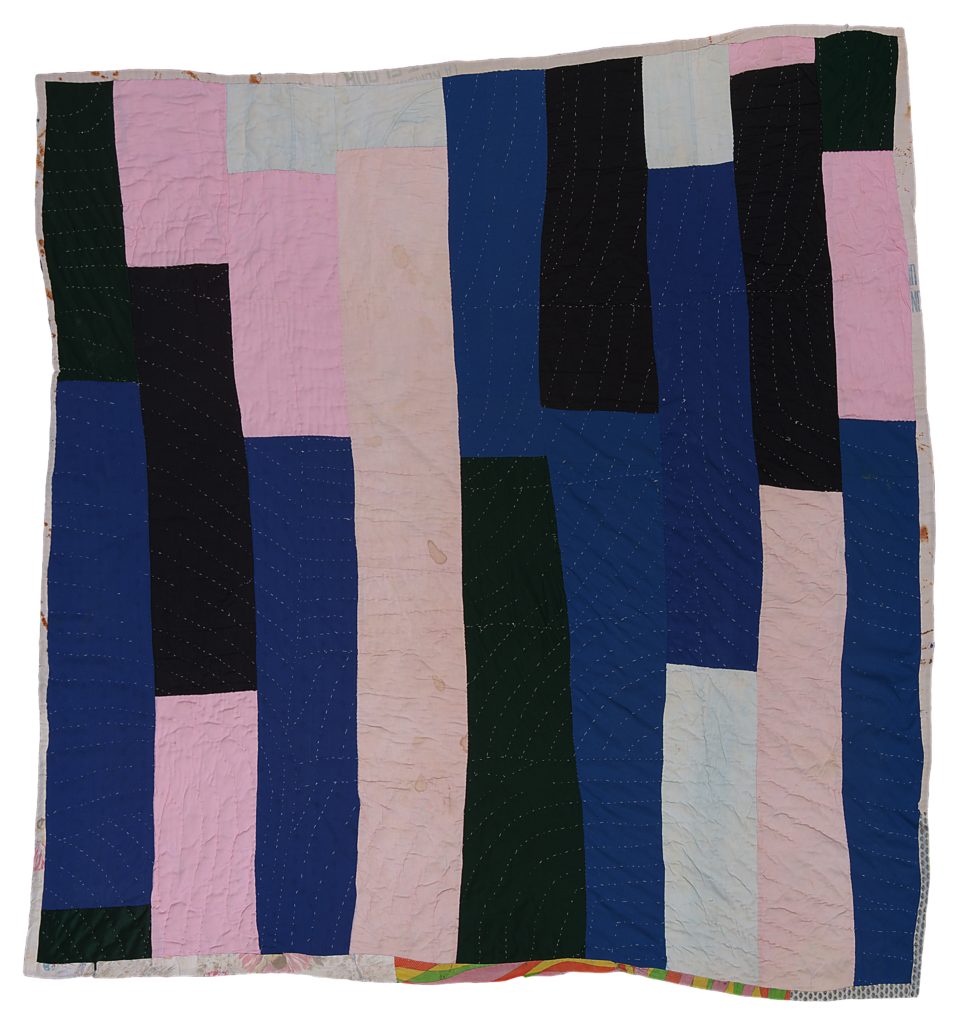
The stunning show, slated to open in 2020, highlights the impact of African-American artists from the '50s and '60s.

Caroline Elbaor

Turner Contemporary in Margate has revealed details of a new exhibition intended to shed light on the “little-known history” of work by African-American makers, whose creative outputs were influenced by the US Civil Rights Movement of the 1950s and 60s.
Opening in February 2020, “We Will Walk—Art and Resistance in the American South” includes paintings, sculptural assemblages, and quilts ranging in date from the mid-20th century through the present day. All of the artists either hail from Alabama or one of its surrounding states, which together comprise a subregion of the US popularly known as the Deep South—long a hotbed of race relations and civil-rights resistance.
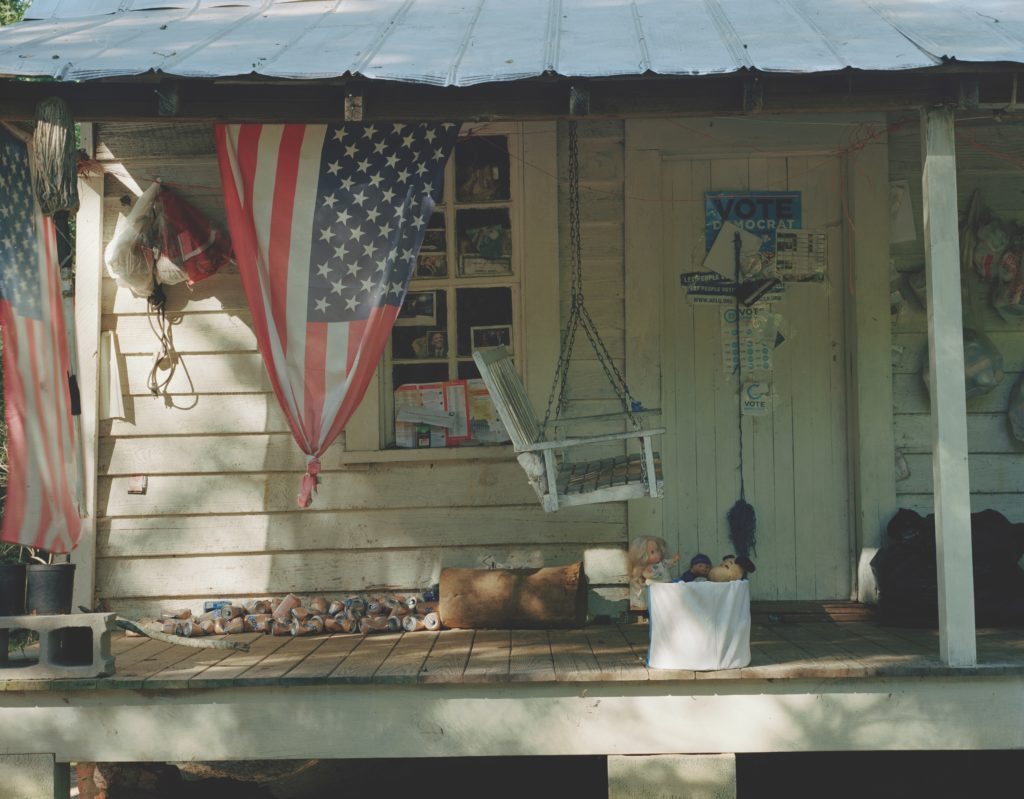
Emmer Sewell’s Porch. Photo by Hannah Collins. Image Courtesy Turner Contemporary.
The exhibition is the brainchild of artist Hannah Collins, who spent three years conducting research after first encountering the works and some of the artists involved. She is joined by curator Paul Goodwin, Professor of Contemporary Art and Urbanism at University of the Arts London; his own specialty, according to the institution, includes a focus on “fugitive art practices.”
Collins was inspired in particular by the idea of the traditional “yard show,” in which creative practitioners temporarily display their work in outdoor spaces, including one’s porch or front yard. For example, keep an eye out in this show for Emmer Sewell’s multimedia sculptures, incorporating childrens’ dolls, empty beer cans, and flags, which were originally exhibited outside of her home in Marion County, Alabama.
Many of the artworks that will be on view were fashioned from salvaged materials—including old clothing or even musical instruments, as in the case of artist Freeman Vines—and demonstrate the significance of reusing and remaking, often dictated by necessity, custom, or culture within communities.
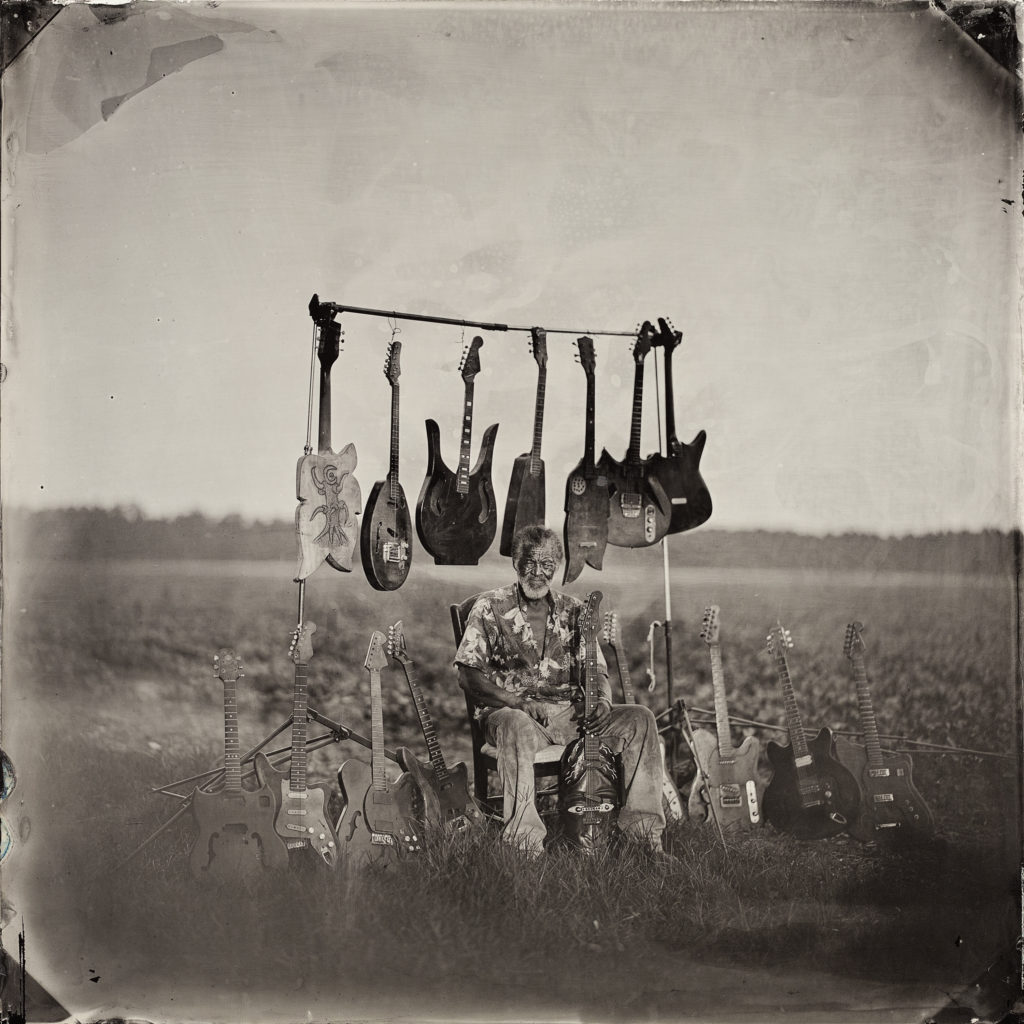
Freeman Vines & His Hanging Tree Guitars, #2, Fountain, NC. 2015. Image Courtesy Turner Contemporary.
A series of quilts sourced from the isolated Alabama enclave of Boykin will also make their UK debut, following a critically lauded presentation at the Whitney Museum of American Art in 2002. Boykin, formerly known as Gee’s Bend, is largely populated by descendents of people enslaved on the Pettway plantation. The distinctive quilts, typically patched together from a variety of materials, including blue jeans or cornmeal sacks, have taken on a hallowed significance as symbols of resistance and survival.
“These extraordinary artworks have been hugely influential on the language of subsequent artists,” said Victoria Pomery, Director of Turner Contemporary, in a statement. “Bringing this exhibition to Margate highlights the global importance of creativity and its power to provoke change; fundamentally altering the course of an individual’s life, challenging social inequality and inspiring vital debate.”
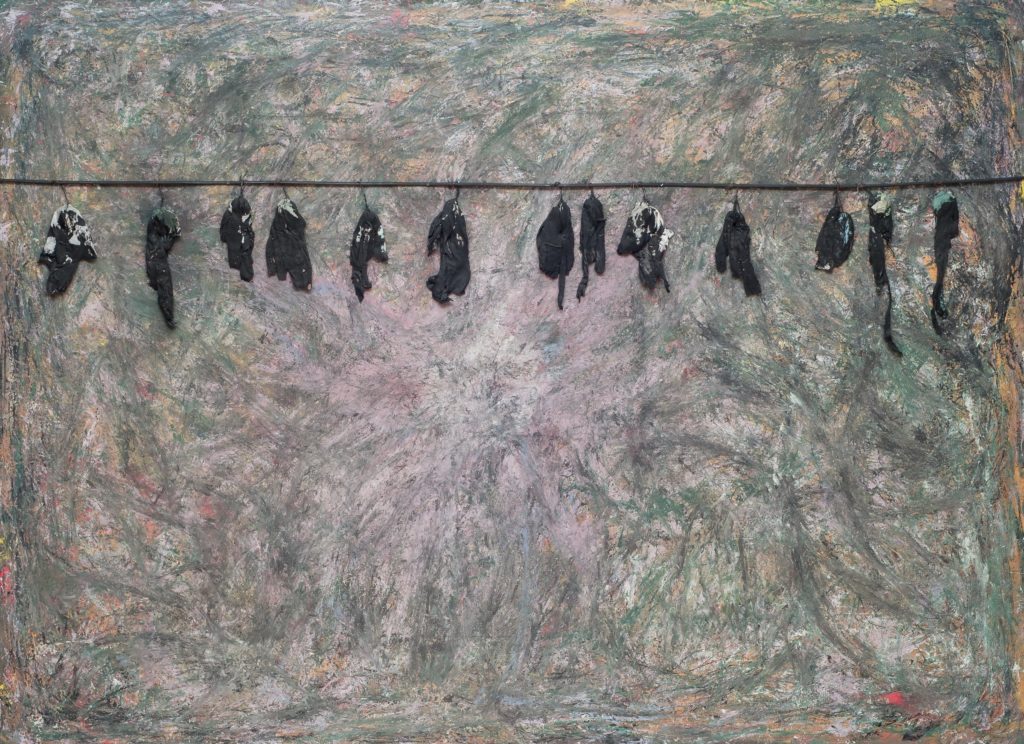
Thornton Dial, Green Pastures – The Birds That Didn’t Learn How To Fly, 2007. Photo Courtesy of the High Museum of Art.
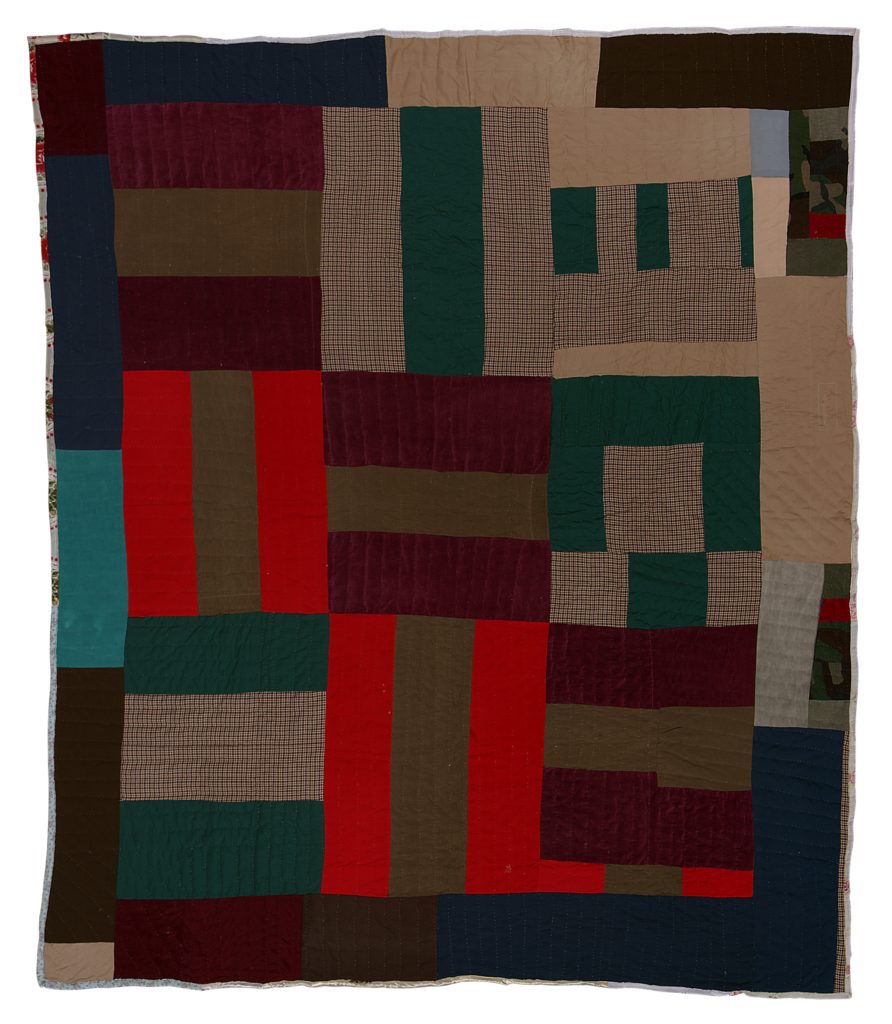
Mary Lee Bendolph, ‘Basket Weave Variation, (c. 1900), Image Stephen Pitkin, Pitkin Studio.
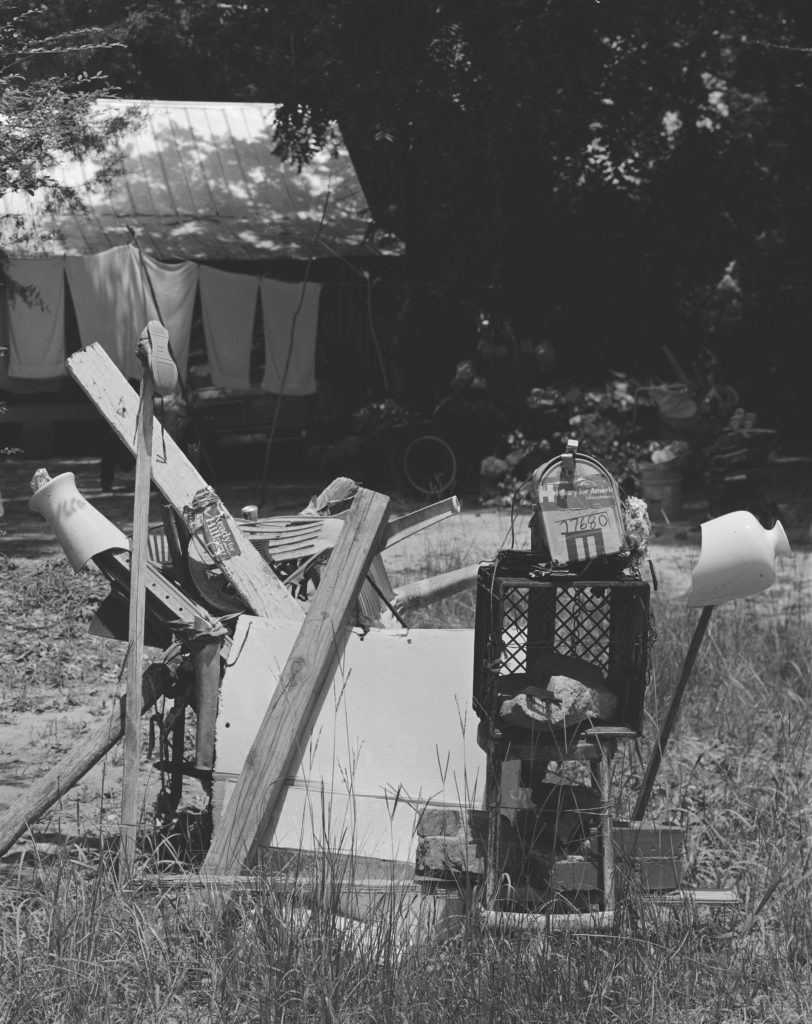
Emmer Sewell’s Yard. Photo by Hannah Collins. Image Courtesy Turner Contemporary.
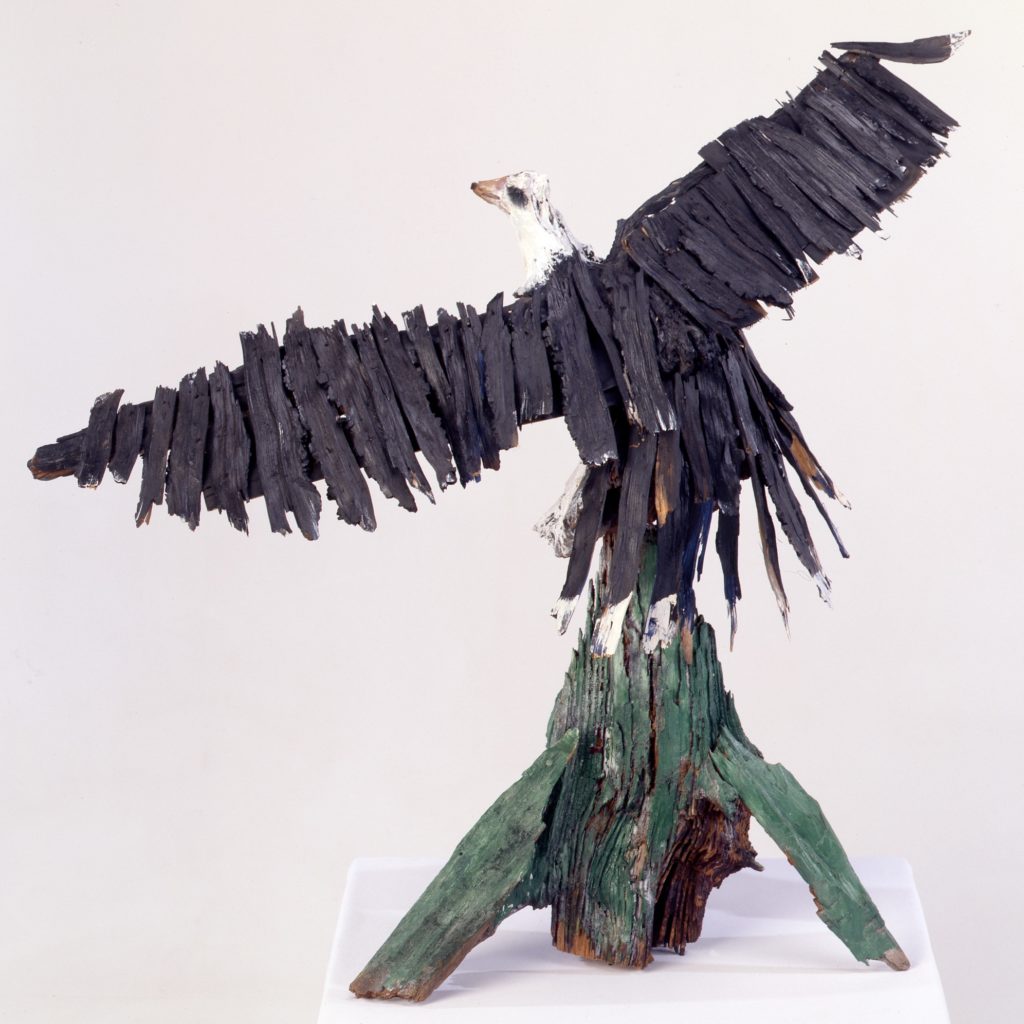
Ralph Griffin, ‘Eagle’, (1988), Image Stephen Pitkin, Pitkin Studio.
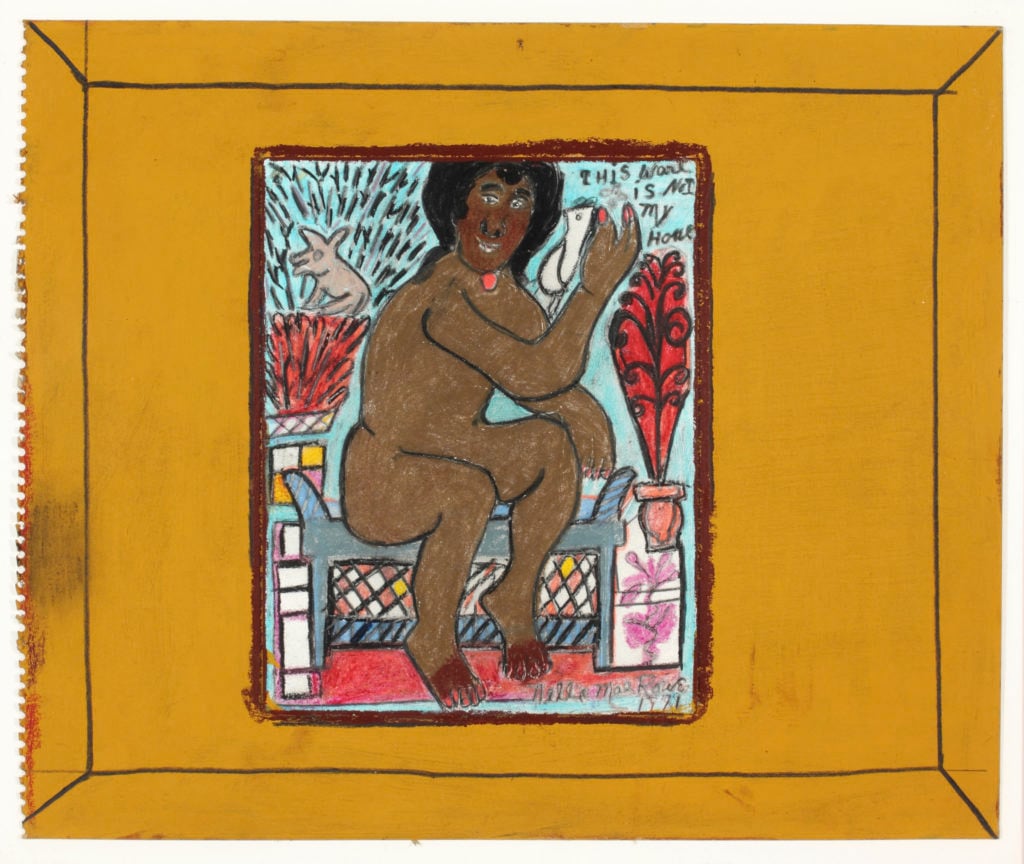
Nellie Mae Rowe, This World is Not My Home (1979). Photo Courtesy of the High Museum of Art.

Dinah Young’s Yard #2. Photo by Hannah Collins. Photo Courtesy Turner Contemporary.